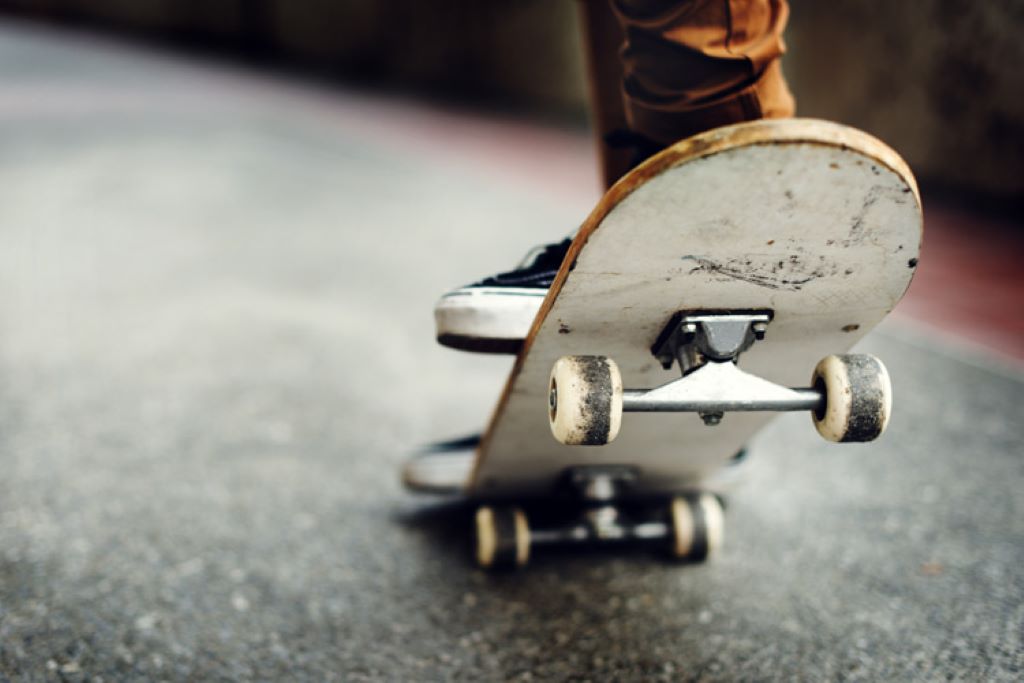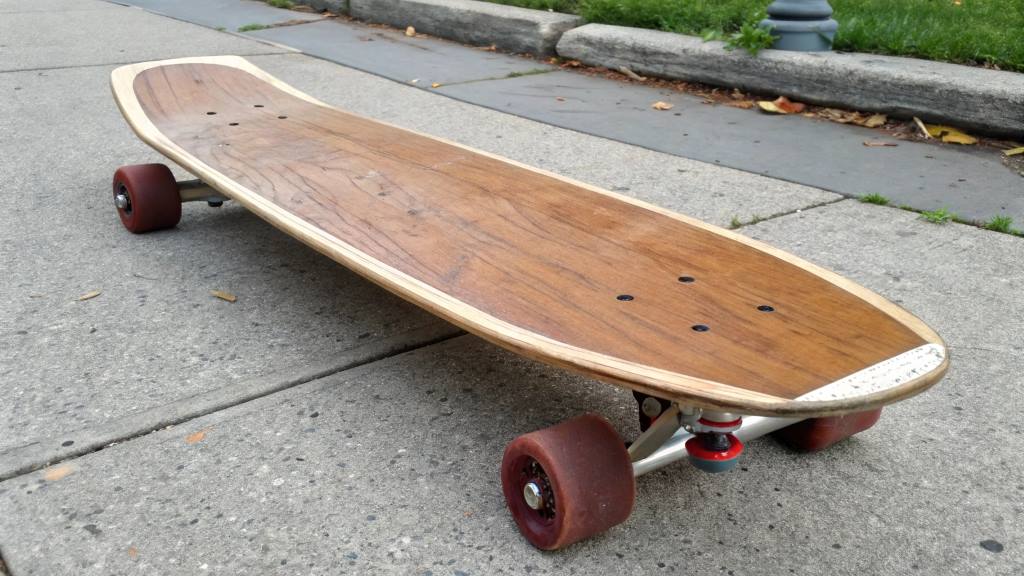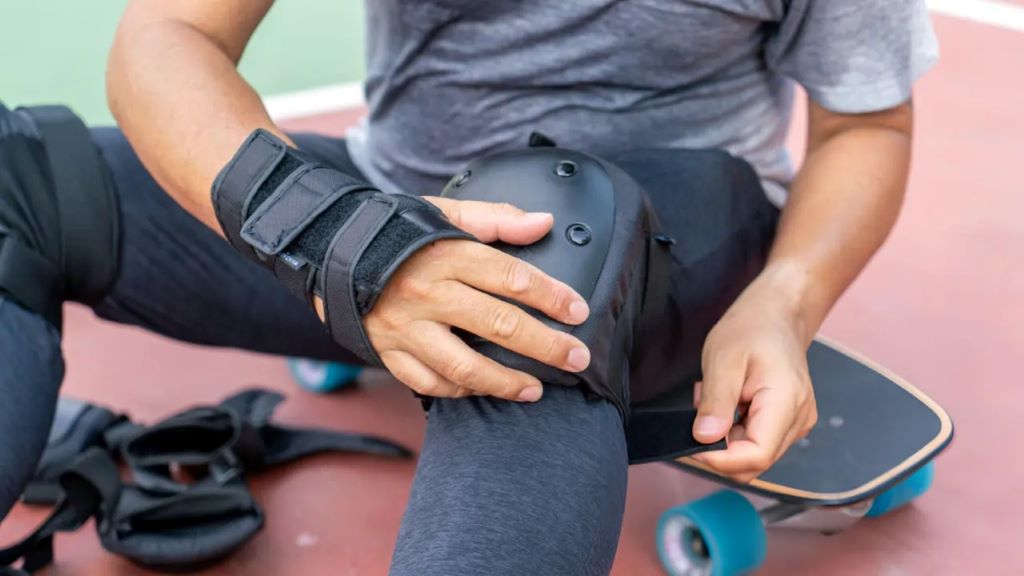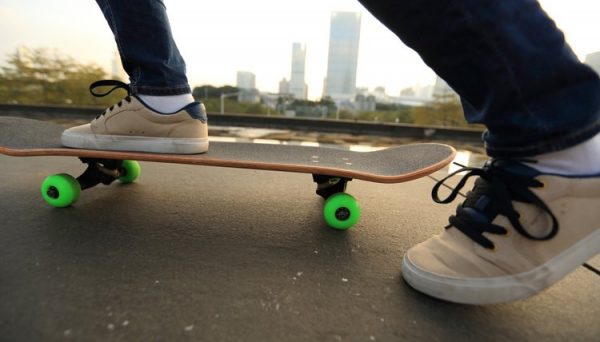Skateboard wheels are essential for a smooth and enjoyable ride. However, like any other component, they can encounter issues that affect performance and safety. This troubleshooting guide delves into common skateboard wheel problems, their causes, and effective solutions to keep you rolling smoothly.
Understanding Skateboard Wheel Anatomy
Before diving into problems, it’s helpful to understand the basics of a skateboard wheel:
- Core: The central part of the wheel, usually made of plastic, that houses the bearings.
- Urethane: The rubbery outer layer that provides grip and shock absorption.
- Bearing Seat: The recessed area in the core where the bearings fit.
- Contact Patch: The portion of the urethane that makes contact with the ground.
Common Wheel Problems and Solutions
- Wheel Bite: This occurs when the wheels rub against the skateboard deck during turns, causing a sudden stop.
- Causes: Tight trucks, soft bushings, large wheels, or riding on uneven surfaces.
- Solutions:
- Loosen the trucks slightly.
- Use harder bushings.
- Consider smaller wheels or risers.
- Avoid rough terrain.
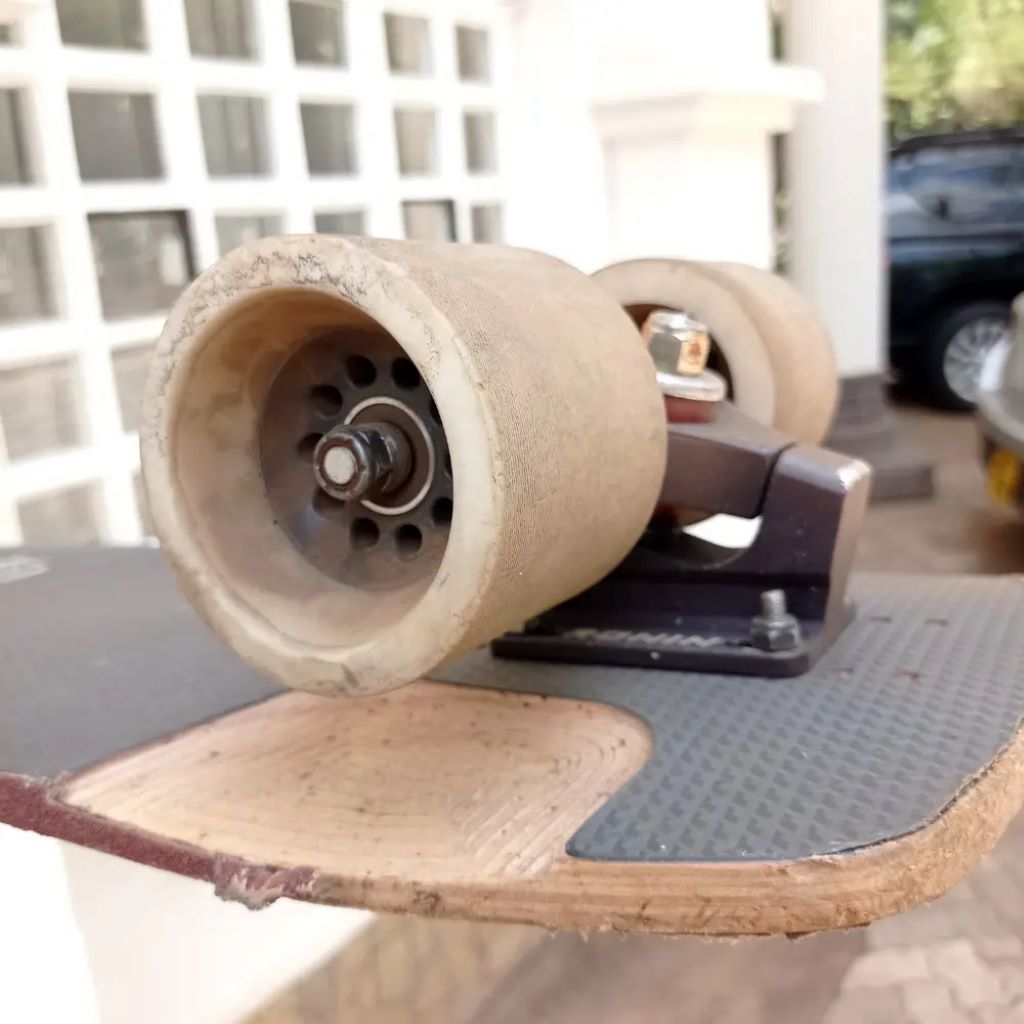
- Flat Spots: These are flat areas on the wheel’s contact patch caused by sliding or skidding.
- Causes: Abrupt stops, power slides, or riding on rough surfaces.
- Solutions:
- Flat spots often wear down with use.
- Rotate wheels regularly to promote even wear.
- If severe, replace the wheels.
- Wheel Wobble: This is a side-to-side movement of the wheel caused by loose bearings or uneven wear.
- Causes: Loose axle nuts, worn bearings, or uneven pressure during installation.
- Solutions:
- Tighten the axle nuts to the correct torque.
- Clean and lubricate the bearings. If damaged, replace them.
- Ensure proper wheel installation and alignment.
- Deformed Wheels: Wheels can become misshapen due to heat, pressure, or manufacturing defects.
- Causes: Leaving the board in direct sunlight, storing heavy objects on top, or quality issues.
- Solutions:
- Replace deformed wheels.
- Store the board in a cool, dry place.
- Avoid placing heavy objects on the wheels.
Related: Repairing vs. Replacing Skateboard Trucks: Reducing Waste
- Uneven Wear: This happens when one side of the wheel wears down faster than the other.
- Causes: Improper weight distribution, riding primarily in one direction, or misaligned trucks.
- Solutions:
- Practice riding switch (opposite stance).
- Rotate wheels regularly.
- Check and adjust truck alignment.
- Chunking: This is when pieces of urethane break off from the wheel.
- Causes: Riding on rough surfaces, aggressive sliding, or low-quality wheels.
- Solutions:
- Replace damaged wheels.
- Choose wheels appropriate for your riding style and terrain.
- Avoid excessive sliding on rough surfaces.
Related: Replacing Skateboard Bearings: A DIY Project to Boost Your Ride
Skateboard Wheel Maintenance Tips
- Regular Cleaning: Remove dirt and debris from the wheels and bearings using a soft brush and cleaner.
- Proper Lubrication: Use skateboard-specific bearing lubricant to ensure smooth rotation and prevent wear.
- Rotation: Swap the front and back wheels periodically to promote even wear.
- Storage: Store your skateboard in a cool, dry place away from direct sunlight.
When to Replace Wheels
- Visible Damage: If the wheels have cracks, chunks, or flat spots that don’t wear down, it’s time for new ones.
- Loss of Performance: If you notice a significant decrease in grip, speed, or responsiveness, consider replacing them.
- Age: Wheels typically last anywhere from a few months to a year, depending on usage and conditions.
By understanding these common wheel problems and following proper maintenance, you can ensure a safer and more enjoyable skateboarding experience.
Let me know if you’d like more articles like this!

